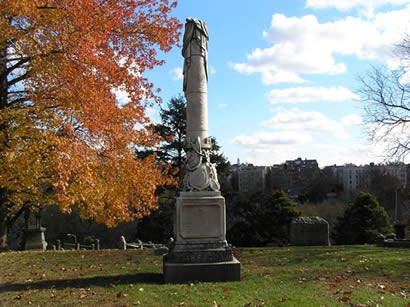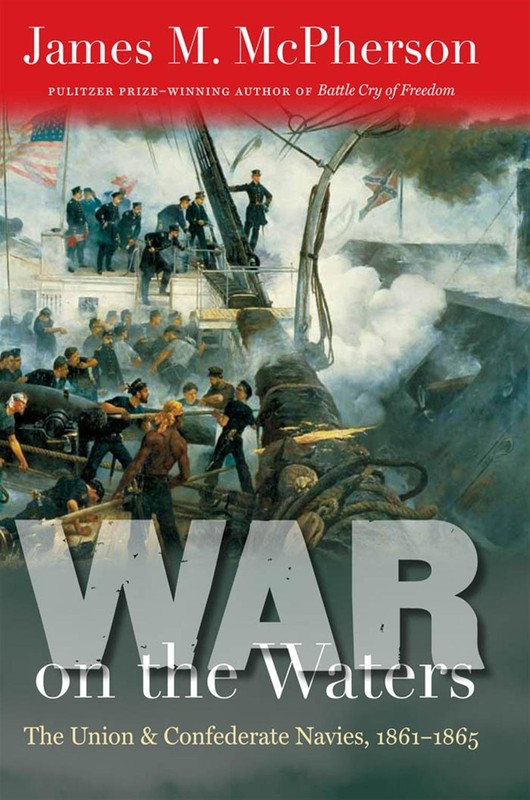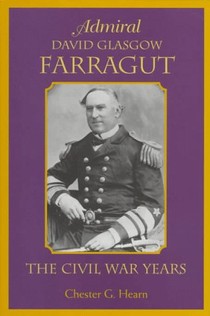Admiral David Glasgow Farragut Gravesite-Woodlawn Cemetery
Introduction
Text-to-speech Audio
This is the final resting place of David Glasgow Farragut, the first naval officer to reach the rank of Admiral in the United States Navy. He is best known for his order "Damn the torpedoes; full speed ahead" during the Battle of Mobile Bay in August, 1864. After one of his ships was sunk by a Confederate mine, other ships in Farragut's fleet began to withdraw. In response, Farragut issued the now-immortal line and personally led the Union flotilla through the Confederate minefield and captured Mobile Bay. The granite and marble monument resembles a mast. The gravesite is located in lot number 1429-44 in section 14.
Images
David Farragut was an Admiral for the US Navy in the Civil War. He is best remembered for his courageous leadership in the Battle of Mobile Bay

James McPherson, War on the Waters: The Union and Confederate Navies, 1861-1865-Click the link below for more about this book

Admiral David Glasgow Farragut: The Civil War Years-Click the link below for more about this book

Backstory and Context
Text-to-speech Audio
Born in 1801, Farragut's 59-year naval career began when he was appointed as a midshipman aboard the frigate Essex at the mere age of 9. By the age of 12, Farragut had seen battle and even helped sail one of the ships the Essex had captured. He secured his first command in 1823 and secured the rank of lieutenant two years later. In 1862, a year after the Civil War had begun, Farragut was promoted to rear admiral. After his famous victory at Mobile Bay, President Lincoln created the office of rear admiral and appointed Farragut to the office. After the war, Congress appointed him to the rank of admiral, making David Farragut the first officer in the US Navy to reach that rank.
The Union faced a severe challenge in the summer of 1864 as their armies suffered high casualties but failed to break the rebellion. By August, Lincoln expected that he would lose his re-election bid to former general George McClellan, who called for a ceasefire and negotiation with the Southern states. After Farragut captured Mobile and General Sherman's Union army captured Atlanta, however, Northern sentiment shifted back in favor of Lincoln and his strategy of continuing the war until the Confederacy surrendered.
At this critical moment in American history, Farragut entered Mobile Bay on August 5th, 1864. His ironclad monitors led and a fleet of mostly wooden ships that were far more vulnerable to Confederate gunfire and mines (known at that time as "torpedoes." After Farragut's lead monitor, the Tecumseh, was destroyed by a mine, the commander of the next ship in the line stopped, causing the line of ships to drift apart. Disaster seemed imminent as his flotilla appeared pinned between Confederate mines and the Confederate batteries on the shore.
At this moment, Farragut gave his famous order to move forward despite the danger. He maneuvered his own ship in front of the line and steered through the minefield. Luck as much as bravery appears to have been on Farragut's side as some of them mines may have simply failed to explode. After navigating through the mines, the Union fleet overwhelmed the Confederate vessels and overwhelmed the three Confederate forts which surrendered rather than face destruction or starvation now that they were isolated and could not be reinforced or resupplied now that Farragut controlled both Mobile Bay and the river.
The gravesite was listed as a National Historic Landmark on the National Register of Historic Places in October 16, 2012. It is located in Woodlawn Cemetery in the Bronx and is issued as an National Historic Landmark.
The Union faced a severe challenge in the summer of 1864 as their armies suffered high casualties but failed to break the rebellion. By August, Lincoln expected that he would lose his re-election bid to former general George McClellan, who called for a ceasefire and negotiation with the Southern states. After Farragut captured Mobile and General Sherman's Union army captured Atlanta, however, Northern sentiment shifted back in favor of Lincoln and his strategy of continuing the war until the Confederacy surrendered.
At this critical moment in American history, Farragut entered Mobile Bay on August 5th, 1864. His ironclad monitors led and a fleet of mostly wooden ships that were far more vulnerable to Confederate gunfire and mines (known at that time as "torpedoes." After Farragut's lead monitor, the Tecumseh, was destroyed by a mine, the commander of the next ship in the line stopped, causing the line of ships to drift apart. Disaster seemed imminent as his flotilla appeared pinned between Confederate mines and the Confederate batteries on the shore.
At this moment, Farragut gave his famous order to move forward despite the danger. He maneuvered his own ship in front of the line and steered through the minefield. Luck as much as bravery appears to have been on Farragut's side as some of them mines may have simply failed to explode. After navigating through the mines, the Union fleet overwhelmed the Confederate vessels and overwhelmed the three Confederate forts which surrendered rather than face destruction or starvation now that they were isolated and could not be reinforced or resupplied now that Farragut controlled both Mobile Bay and the river.
The gravesite was listed as a National Historic Landmark on the National Register of Historic Places in October 16, 2012. It is located in Woodlawn Cemetery in the Bronx and is issued as an National Historic Landmark.
